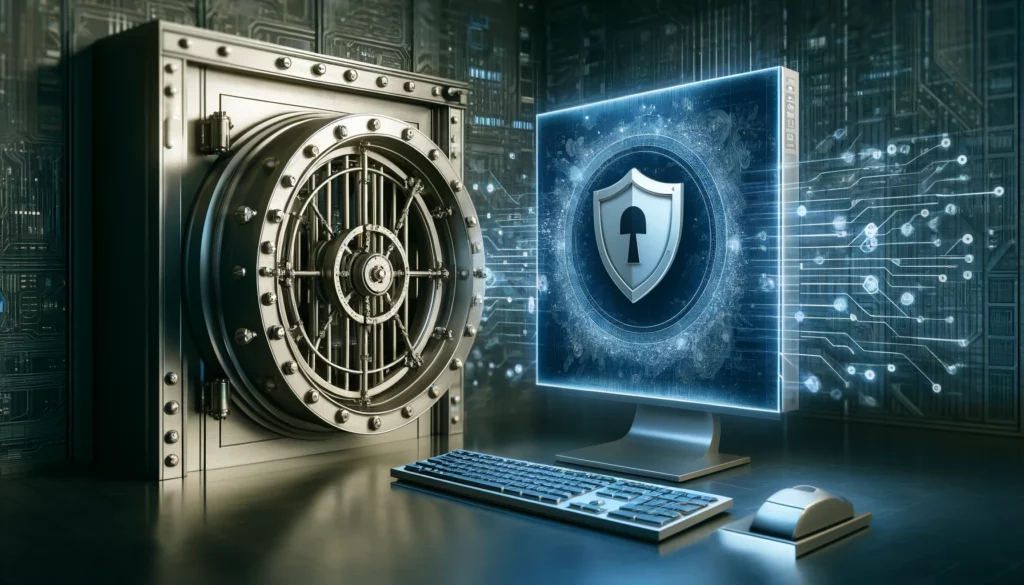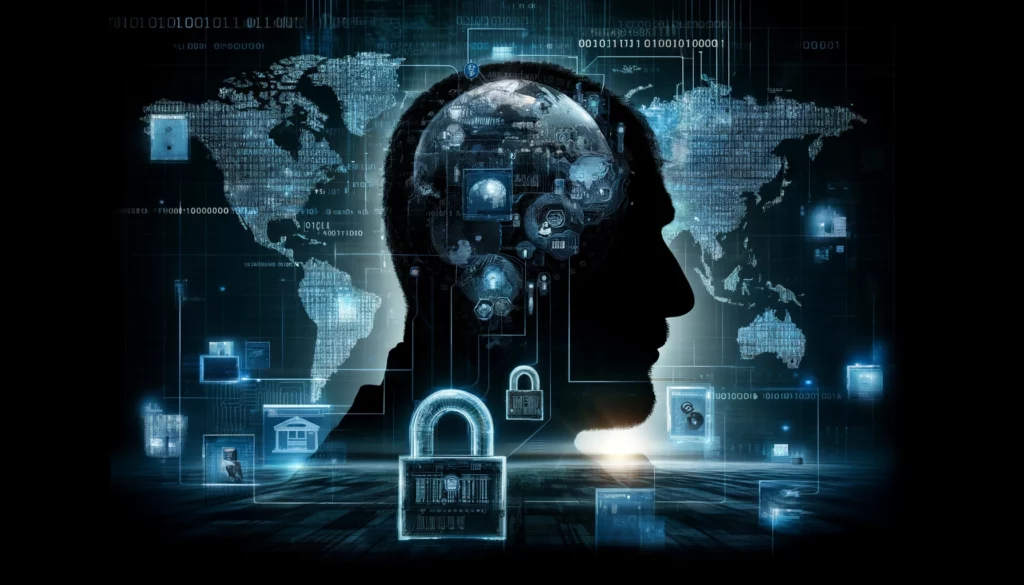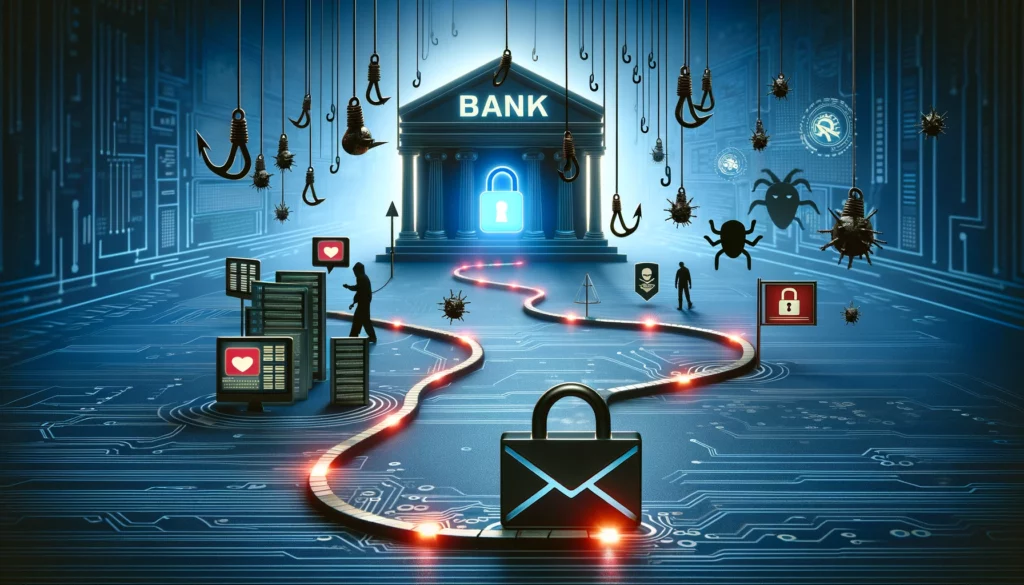Biometric authentication, once the stuff of science fiction, has become a ubiquitous feature in modern banking. From fingerprint and facial recognition to iris and voice recognition, biometric authentication offers a convenient and secure way for customers to access their banking accounts. However, as with any technology, questions arise about its safety and reliability. In this blog post, we’ll explore the use of biometric authentication in banking, examining its safety measures and addressing common concerns to help users make informed decisions about their financial security.
The Rise of Biometric Authentication
Biometric authentication has gained popularity in banking due to its ability to provide a seamless and secure user experience. Instead of relying solely on passwords or PINs, which can be forgotten, stolen, or easily guessed, biometric authentication uses unique physical or behavioral characteristics to verify a user’s identity. This includes fingerprints, facial features, iris patterns, voiceprints, and even behavioral traits like typing patterns or gait recognition.
Is Biometric Authentication Safe?
One of the primary concerns surrounding biometric authentication is its safety and susceptibility to exploitation by cybercriminals. While biometric authentication offers several advantages over traditional authentication methods, such as increased convenience and reduced reliance on passwords, it’s essential to understand the security measures in place to safeguard biometric data.
- Encryption: Biometric data captured by banking apps is typically encrypted before being stored or transmitted, ensuring that it remains secure and confidential. Encryption converts biometric data into a unique code that cannot be reverse-engineered to recreate the original biometric image, protecting it from unauthorized access or interception.
- Secure Storage: Banks and financial institutions employ stringent security measures to protect biometric data stored on their servers. This includes storing biometric templates instead of raw biometric images, implementing robust access controls and encryption protocols, and regularly auditing and monitoring for unauthorized access or breaches.
- Local Authentication: Many banking apps utilize local authentication methods, where biometric data is processed and verified locally on the user’s device rather than being transmitted over the internet. This minimizes the risk of interception or hacking during the authentication process, enhancing the security of biometric authentication.
- Biometric Template Matching: Instead of storing raw biometric images, banks store biometric templates generated from the unique characteristics of a user’s biometric data. Biometric template matching algorithms compare newly captured biometric data against stored templates to verify identity, without storing or transmitting the actual biometric data itself.
- Multi-Factor Authentication: Biometric authentication is often used in conjunction with other authentication factors, such as passwords, PINs, or one-time passcodes, to provide multi-factor authentication (MFA). MFA adds an extra layer of security by requiring multiple forms of verification, further reducing the risk of unauthorized access.
Addressing Concerns
While biometric authentication offers enhanced security and convenience, it’s not without its challenges and concerns. Privacy, accuracy, and potential vulnerabilities are among the key considerations for users evaluating biometric authentication in banking.
- Privacy: Users may be concerned about the privacy implications of sharing biometric data with banks and financial institutions. It’s essential for banks to be transparent about how biometric data is collected, stored, and used, and to obtain explicit consent from users before collecting biometric information.
- Accuracy: Biometric authentication systems are not infallible and may encounter errors or false positives/negatives, particularly in cases of poor image quality or environmental factors. Banks should implement robust algorithms and quality control measures to ensure the accuracy and reliability of biometric authentication systems.
- Vulnerabilities: Biometric authentication systems may be vulnerable to spoofing attacks, where cybercriminals attempt to bypass authentication using fake or manipulated biometric data. Banks should employ anti-spoofing techniques, such as liveness detection or biometric fusion, to detect and prevent spoofing attempts.
Conclusion
Biometric authentication offers a promising solution to the security and usability challenges of traditional authentication methods in banking. While concerns about safety and privacy remain, banks and financial institutions are continuously innovating and implementing robust security measures to protect biometric data and ensure the integrity of biometric authentication systems. As users, it’s essential to stay informed about the security features and privacy practices of banking apps that utilize biometric authentication and to make informed decisions about our financial security in an increasingly digital world. With the right safeguards and precautions in place, biometric authentication can offer a secure and convenient way to access banking services while protecting our sensitive financial information from unauthorized access and fraud.

Penetra Cybersecurity is at the forefront of defending the digital frontier, providing cutting-edge solutions to protect businesses and organizations from the ever-evolving threats of the cyber world. Established with a mission to create a safer internet for everyone, Penetra leverages a blend of advanced technology, expert knowledge, and proactive strategies to stay ahead of cybercriminals.
Ready to take the next step towards a more secure future? Schedule a consultation with us today and discover how we can help protect what matters most to you. Don’t wait until it’s too late—with Penetra Cybersecurity, your business isn’t just secure; it’s imPenetrable.




